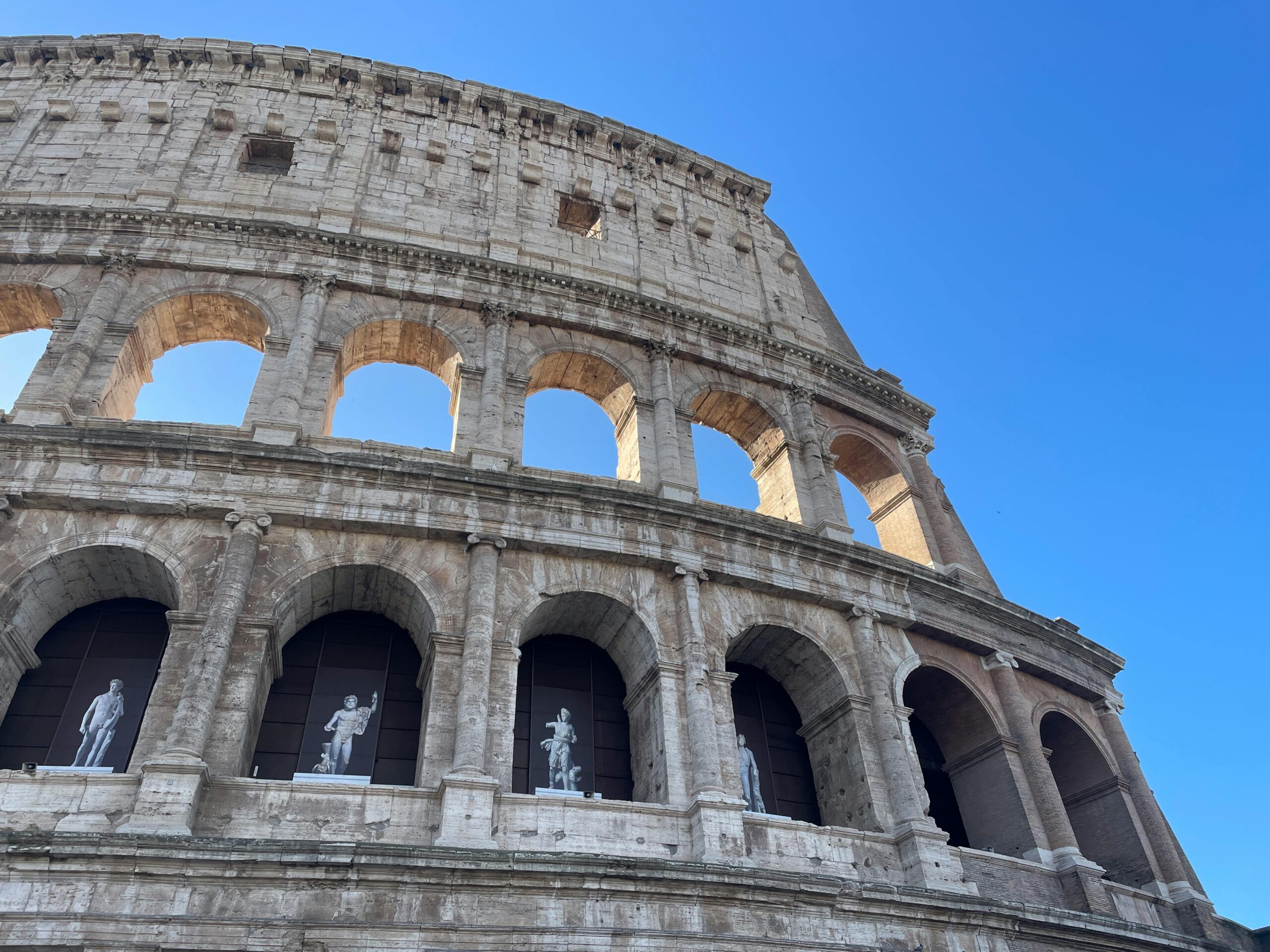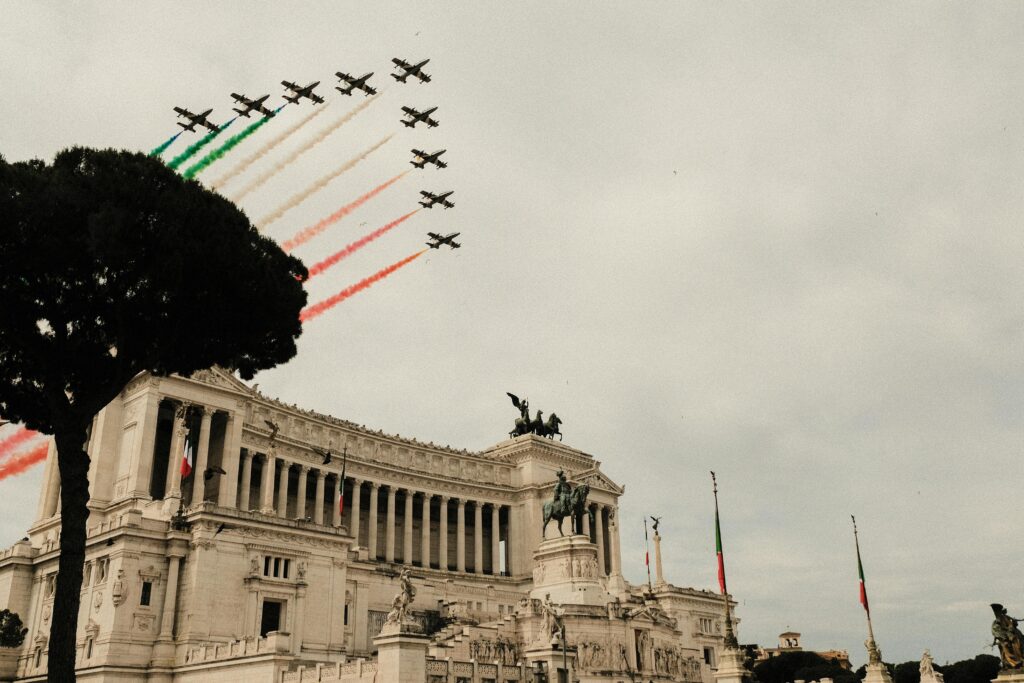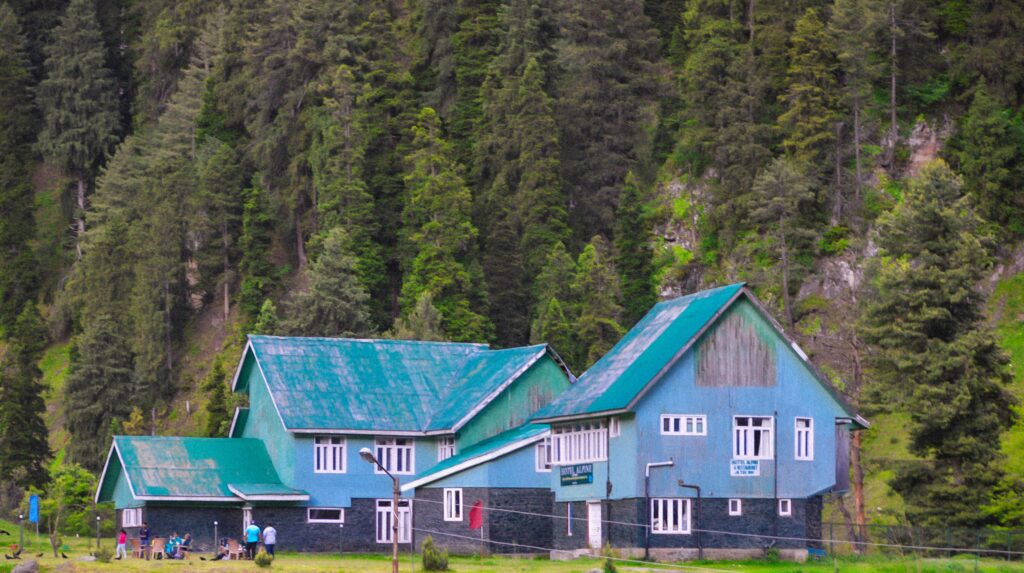Italy is a treasure trove of historical wonders, but few places capture the imagination quite like Pompeii. Buried under volcanic ash after the catastrophic eruption of Mount Vesuvius in 79 AD, Pompeii offers a fascinating glimpse into ancient Roman life, frozen in time. Join me as I recount my unforgettable day exploring this extraordinary archaeological site.
Thank you for reading this post, don't forget to subscribe!Arrival and First Impressions
Stepping off the train at Pompeii, the anticipation was palpable. The site’s proximity to Naples makes it easily accessible, and the journey itself is a picturesque preview of what’s to come. As I approached the entrance, the magnitude of the ancient ruins became apparent. It’s one thing to read about Pompeii in history books, but quite another to walk its ancient streets.
Walking Through History
Upon entering the site, I was immediately struck by the preservation of the ruins. The streets of Pompeii are remarkably intact, with cobbled pathways that have weathered nearly two millennia. Walking these streets, I couldn’t help but imagine the bustling life that once filled this city.
The Forum was my first major stop, the heart of public life in Pompeii. Surrounded by remnants of grand temples and public buildings, it was easy to picture the vibrant discussions and activities that once took place here. The grandeur of the forum spoke volumes about the sophistication of Roman urban planning.
Houses and Everyday Life
Exploring the houses of Pompeii was like stepping into a time capsule. The House of the Faun, one of the largest and most impressive residences, was a highlight. Named after the bronze statue of a dancing faun found on the premises, this house showcased intricate mosaics and frescoes, a testament to the artistic flair of its inhabitants.
The Villa of the Mysteries, located on the outskirts of the city, was another gem. The vivid frescoes depicting Dionysian rituals are among the best-preserved artworks from antiquity. Standing in these rooms, I felt a profound connection to the past, marveling at the stories these walls could tell.
A Glimpse into Daily Life
One of the most poignant aspects of visiting Pompeii is the glimpse it provides into daily life. The bakeries, with their ancient ovens and grindstones, still bear the marks of the last loaves of bread baked nearly 2000 years ago. The thermopolium, akin to a modern-day fast food restaurant, offered insight into the eating habits of the Pompeiians, with its counters still stained by food remnants.
The Tragic End
No visit to Pompeii would be complete without reflecting on the tragedy that befell its inhabitants. The plaster casts of the victims, captured in their final moments, are a sobering reminder of the eruption’s devastating power. These casts, scattered throughout the site, convey a powerful narrative of human resilience and tragedy.
Final Reflections
As the day drew to a close, I took a moment to absorb the enormity of what I had experienced. Pompeii is not just an archaeological site; it’s a poignant reminder of the fragility of life and the enduring legacy of human civilization. My visit to Pompeii was more than just a journey through ruins; it was a journey through time, offering profound insights into the lives of those who came before us.
Exploring Pompeii is a must for any history enthusiast or traveler seeking a deeper understanding of Italy’s rich heritage. It’s a place where history comes alive, and every corner holds a story waiting to be discovered. If you ever find yourself in Italy, do not miss the chance to walk through the echoes of history in Pompeii.
 Categories
Categories
 Discover Italy
Discover Italy
 Life
Life
 Travel
Travel
 Nature
Nature
 Explore Food
Explore Food


























